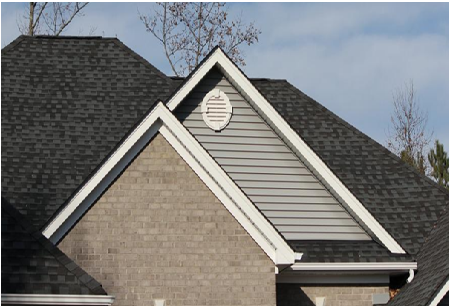It is hard to believe that the two most popular types of roofing material can be different. However, first, you can look at what they have in common. Both tiles and shingles can be made of asphalt, protect your home from the elements, and are relatively inexpensive to install. With those basic similarities out of the way, it is time to take a closer look at these two materials; and focus on their major differences:
Size
Tiles are generally much larger than shingles, making them more attractive for commercial roofs and roofs with many slopes. Shapes vary, but typically tile is used for flat roofs and shingles on a sloped roof. On average, tile is about a one-half inch smaller in every direction than a shingle. (So a typical 1/2-inch by 1/2-inch roof tile would measure between 3/8 and 9/16 inches on longest sides). However, the actual size depends on the manufacturer's specifications, and the actual size can be less than the ones shown on the product packaging. To give you an idea of how size affects the exact price, a square foot of shingle will cost between 10 and 20 percent less than a square foot of tile.
Color
Tiles roofs are available in various colors to match any need or preference. While they come in an infinite number of shades, they are all still relatively muted colors that blend well with surrounding nature.
Shapes vary, but most are made of flat, rectangular shapes. (The most common shape is a diamond). As revealed at
Technonicol website page, while some roofing shingles have been made to look like wood shakes or straw, they are generally reserved for specialty applications such as weatherproof steel roofs.
While the colors are available in many shades and tones, it is essential to note that natural stone colors are limited; and siding on tile roofs is more challenging to install than those on shingles.
Life Span And Durability
Roof tiles are more durable than shingles, partly because they are larger and heavier; and partly because they can be made of different materials, usually clay or concrete. Shingles typically consist of synthetic materials such as asphalt, fiberglass, and plastic. While shingles can withstand high winds, wind and hail damage may be more serious in areas such as a city or a high-rise building. That can be an essential consideration when you have kids running around the yard, pets that like to scratch at things, or a stocked pond with hungry fish.
